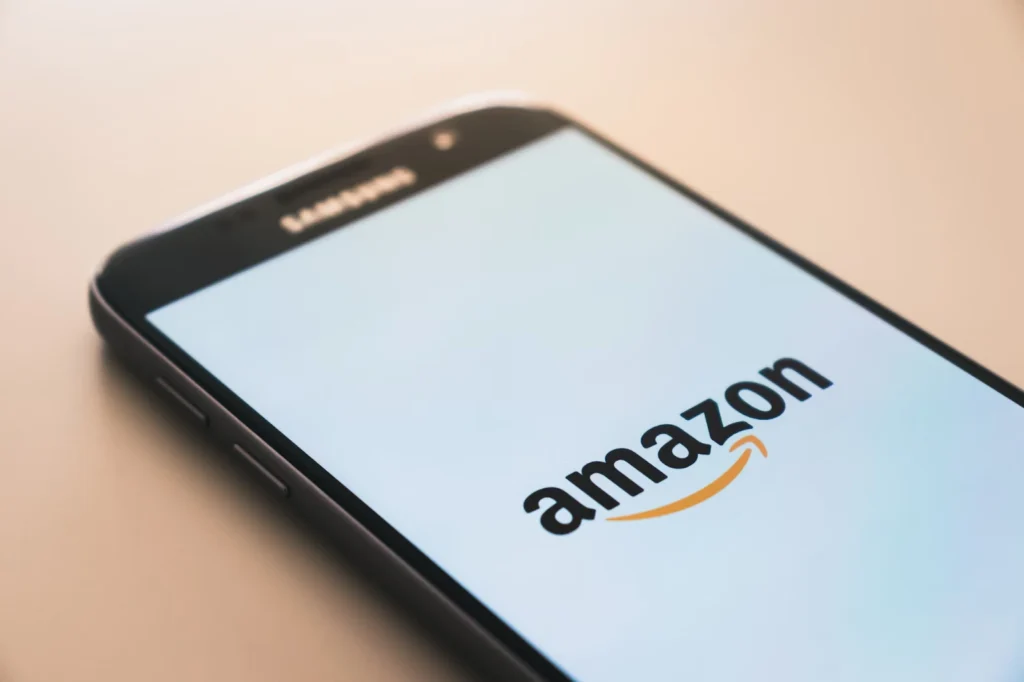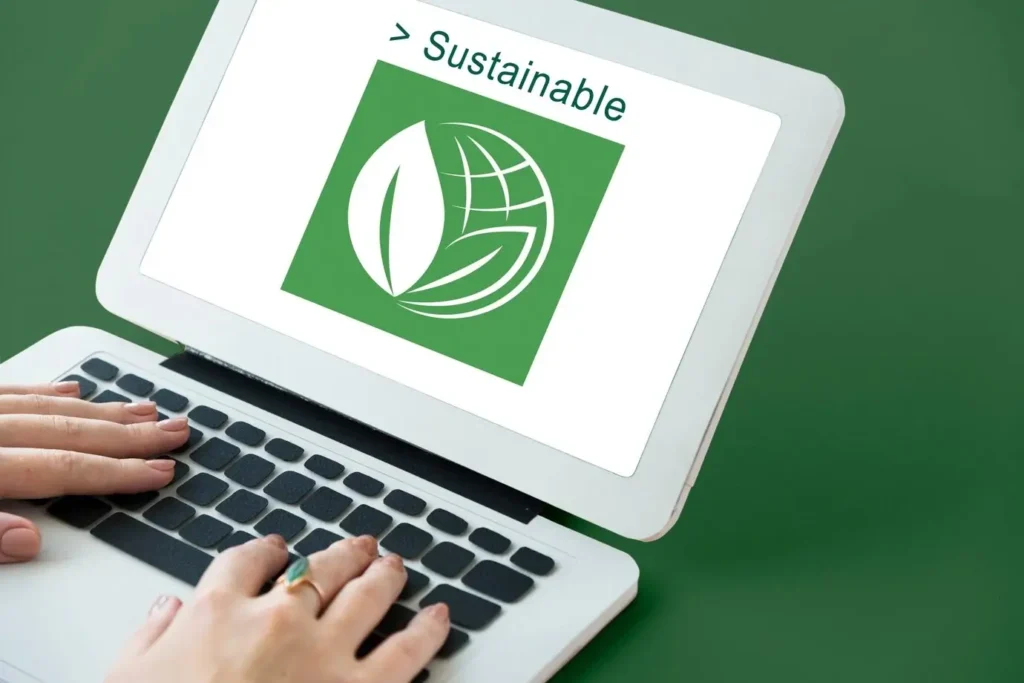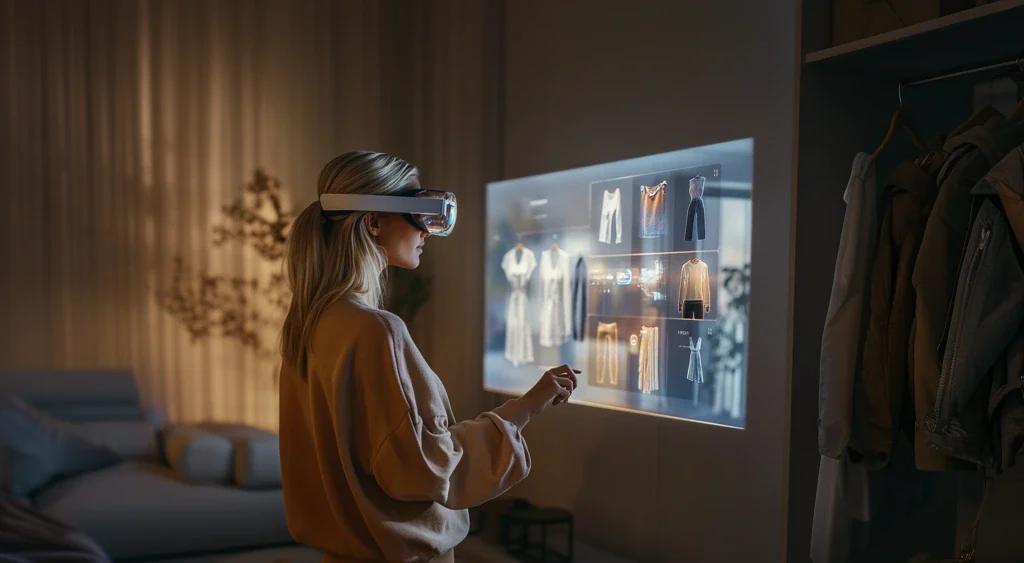A B2B buyer in 2025 walks into a virtual showroom, interacts with an AI-powered chatbot to customize their order, and completes the purchase using a “Buy Now, Pay Later” option—all while sipping coffee at home. Sounds futuristic? It’s already happening. The B2B eCommerce trends of tomorrow are here today, and they’re rewriting the rules of business.
The future of B2B eCommerce isn’t just about moving transactions online—it’s about creating seamless, personalized, and sustainable experiences that meet the evolving demands of modern buyers. By 2025, the global B2B eCommerce market is expected to hit $20 trillion, driven by innovations like AI, AR/VR, and frictionless payments. But with great opportunity comes great competition. Businesses that fail to adapt risk being left behind in the digital dust.
In this article, we’ll uncover the top B2B eCommerce trends that are set to dominate 2025.
Growth of B2B eCommerce by 2024

The B2B eCommerce sector has experienced remarkable growth in recent years, driven by technological advancements and shifting business practices. In 2023, the global B2B eCommerce market size was estimated at approximately $18.67 trillion and is projected to grow at a compound annual growth rate (CAGR) of 18.2% from 2024 to 2030 [1].
In the United States, B2B eCommerce sales reached $1.7 trillion in 2021, with projections indicating a CAGR of 10.7% leading up to 2027 [2].
Experts predicted that in 2024, the B2B e-commerce market in the United States would grow faster than the B2C market [3]. And mobile e-commerce will account for 42.9% of all e-commerce [4].
What’s behind this surge? For starters, the pandemic accelerated the shift to digital, forcing even the most traditional B2B companies to embrace online platforms. Today, 83% of B2B buyers prefer ordering or paying through digital commerce, according to Gartner. Additionally, the rise of mobile-friendly platforms and self-service portals has made it easier for buyers to place orders anytime, anywhere.
As B2B sales trends continue to evolve, businesses that fail to adapt risk losing market share to more digitally savvy competitors.
The Most Important B2B eCommerce Trends in 2025
With digital transformation at its peak, these five B2B eCommerce trends will determine who will be competitive in 2025.
1. AI-Powered Automation & AI Chatbots in B2B eCommerce

AI-driven automation is reshaping B2B sales trends, reducing costs, and enhancing customer interactions. Accordingly, B2B eCommerce statistics, by 2025, 80% of B2B customer interactions will occur in digital channels, indicating a significant shift towards automation and AI-driven processes (Gartner).
Why It Matters:
- AI chatbots improve lead qualification, customer support, and order processing.
- Faster response times: AI chatbots can handle inquiries 24/7, reducing wait times from hours to seconds.
- Cost savings: Automating repetitive tasks frees up your sales team to focus on high-value activities.
Example: eSelf AI’s real estate video assistant facilitated $100 million in sales from online leads in Portugal, demonstrating AI’s potential in high-value B2B transactions.
2. Hyper-Personalization & AI-Driven Recommendations

B2B buyers are no longer satisfied with one-size-fits-all solutions. They want the same level of personalization they experience on Amazon. McKinsey’s research highlights that personalized experiences significantly impact B2B buyers’ decisions, with companies offering tailored interactions being 1.7 times more likely to gain market share (McKinsey). AI-powered analytics provide real-time, tailored product recommendations, increasing conversion rates and customer retention.
Why It Matters:
- AI-driven systems analyze customer behavior to offer custom pricing, recommendations, and content.
- Reduces cart abandonment rates and improves the buyer journey.
- Increased conversions: Tailored product recommendations can boost sales by up to 20%.
- Improved customer loyalty: Personalized experiences make buyers feel valued, increasing repeat purchases.
Example: IBM Watson uses AI to deliver hyper-personalized B2B recommendations, resulting in higher engagement and satisfaction.
3. Frictionless Digital Payments & B2B BNPL (Buy Now, Pay Later)

Payment flexibility is becoming crucial in B2B buyer trends. Today, the digital segment accounts for 34% of all B2B payments and this figure will continue to grow [5]. The global B2B digital payments market is expected, driven by the adoption of BNPL, digital wallets, and instant bank transfers. The days of lengthy invoice processes are numbered.
Why It Matters:
- BNPL solutions improve cash flow and make high-ticket purchases more accessible.
- Digital wallets and automated invoicing reduce friction in payment processing.
Example: PayPal and Stripe now offer BNPL solutions for B2B clients, enabling seamless large-scale transactions.
4. AR/VR for Immersive Product Visualization

Augmented Reality (AR) and Virtual Reality (VR) are transforming B2B eCommerce growth. More and more B2B companies are integrating AR/VR into their sales processes and the number of these companies will increase in 2025.
Why It Matters:
- Reduced returns: Buyers can “experience” products remotely, ensuring they meet expectations.
- Increased confidence: Immersive demos build trust and reduce the need for in-person visits.
- Buyers can interact with virtual prototypes, reducing the need for in-person product demonstrations.
Example: Caterpillar uses AR to showcase heavy equipment, allowing buyers to explore features and functionalities virtually.
5. Sustainable & ESG-Driven B2B eCommerce

Sustainability has become a critical factor in B2B decision-making. A growing number of buyers are prioritizing suppliers with strong sustainability practices, making it a key consideration in purchasing decisions. A staggering 92% of B2B buyers research a supplier’s sustainability efforts before making purchasing decisions [6].
Why it matters:
- Competitive advantage: Companies with strong ESG (Environmental, Social, and Governance) practices are more likely to win contracts.
- Brand loyalty: Buyers are increasingly loyal to brands that align with their values.
Example: Amazon Business offers a “Climate Pledge Friendly” filter, helping B2B buyers identify eco-conscious suppliers.
The Future of B2B eCommerce: Predictions and Expectations
Global events, regulatory shifts, and evolving buyer expectations will continue to shape the market.
Regional Growth Trends
The global B2B e-commerce market is experiencing rapid growth, with the US leading the charge at an annual growth rate of 19%. In the Asia Pacific region, the market is projected to expand at an impressive CAGR of 25% between 2022 and 2030, driven by digital transformation and increasing internet penetration.
Europe is also making significant strides, with its B2B e-commerce market expected to hit 1.8 trillion by 2025. Meanwhile, the Middle East is catching up fast, aiming to achieve a market value of 27 billion by 2025 as businesses embrace digital solutions to meet evolving buyer demands. This growth underscores the global shift toward digital-first B2B transactions [7].
The Role of AI in B2B eCommerce Trends
One of the most influential B2B eCommerce trends shaping the future is AI-powered eCommerce. AI enhances data-driven decision-making, customer personalization, chatbots, predictive analytics, and fraud detection—all of which streamline operations and boost sales. As AI continues to advance, businesses will rely on smart automation to improve efficiency and customer experience.
Looking ahead, hyper-personalization, frictionless payments, blockchain security, and AI-driven sales automation will become industry standards. Companies that adopt these innovations early will secure a competitive edge in the ever-growing B2B eCommerce market. To stay ahead, businesses must embrace these trends and invest in technologies that enhance the buyer experience.


